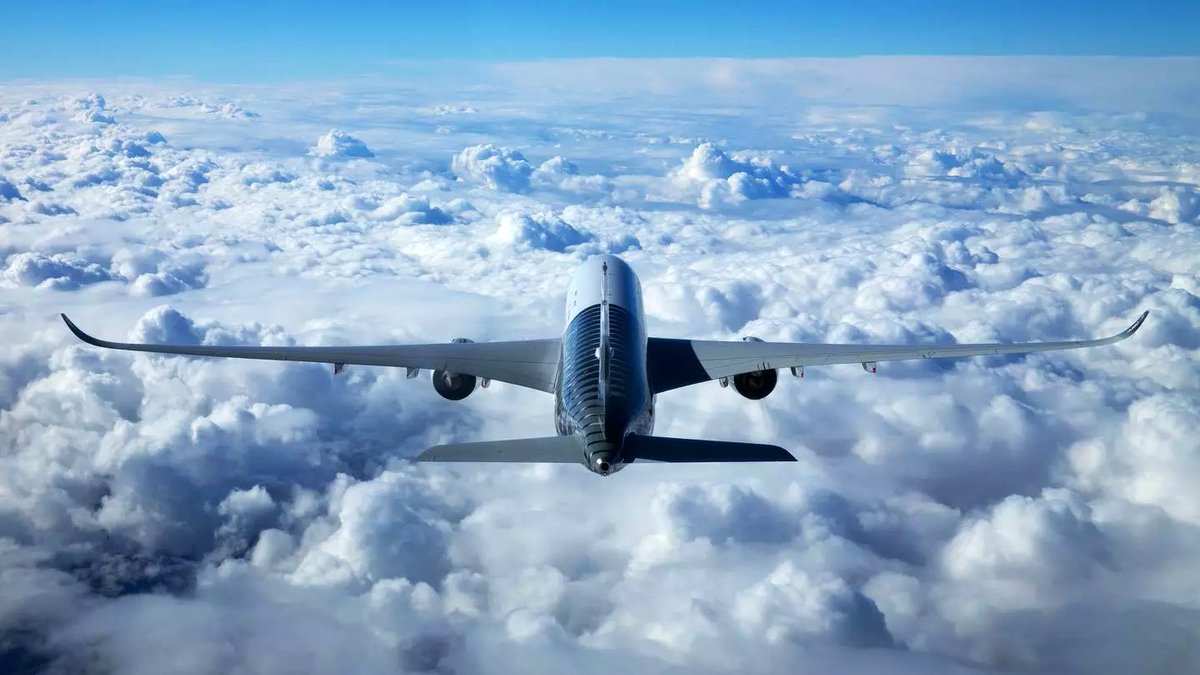Weekend read 📖✈️
The #A320, launched on March 2, 1984 was designed for a Maximum takeoff of weight (MTOW) of 68,000 Kgs.
The first A321, launched November 24, 1988 had the same wing, but a much higher - 83,000 Kg MTOW.
Here’s how Airbus did it !
The #A320, launched on March 2, 1984 was designed for a Maximum takeoff of weight (MTOW) of 68,000 Kgs.
The first A321, launched November 24, 1988 had the same wing, but a much higher - 83,000 Kg MTOW.
Here’s how Airbus did it !

To keep the cruise performance the same as the A320, the increase weight of the larger A321 required slight changes.
The first being a slight extend of the trailing edge, increasing the total wing area by 4 meters from 124 sq m to 128 sq m during cruise.
The first being a slight extend of the trailing edge, increasing the total wing area by 4 meters from 124 sq m to 128 sq m during cruise.

A321’s higher wing area consequently a lowered its aspect ratio to 10 compared to the A320's 10.3.
The outboard wing also has a greater chord, by about 5 cm tapering toward the tip.
The outboard wing also has a greater chord, by about 5 cm tapering toward the tip.

Double-slotted inboard and outboard flaps were also introduced on the original A321 when it was launched to ensure that the stretched aircraft retained the A320's takeoff & landing performance without compromising commonality with the existing wing design.




The wing also had more powerful engines mounted on them. From 111 to 120 kN (25,000 to 27,000 lbf) on the A320, increasing it to 133 to 147 kn (30,000 to 33,000 lbf) on the A321. 

While all these gains helped, the effects were still minimal to keep commonality and the A321 thus has faster approach and landing speeds than the other members of the family...
These differences in performance needs also attempted to shallow-up the aircraft attitude at take-off and landing (tail strike avoidance).
Did you know : The A321 was the first derivative of the A320, and initially was also known as the Stretched A320 or the A320-500 or the A325.
Lufthansa was the first to receive the stretched A321 on 27 January 1994.
Lufthansa was the first to receive the stretched A321 on 27 January 1994.

• • •
Missing some Tweet in this thread? You can try to
force a refresh










